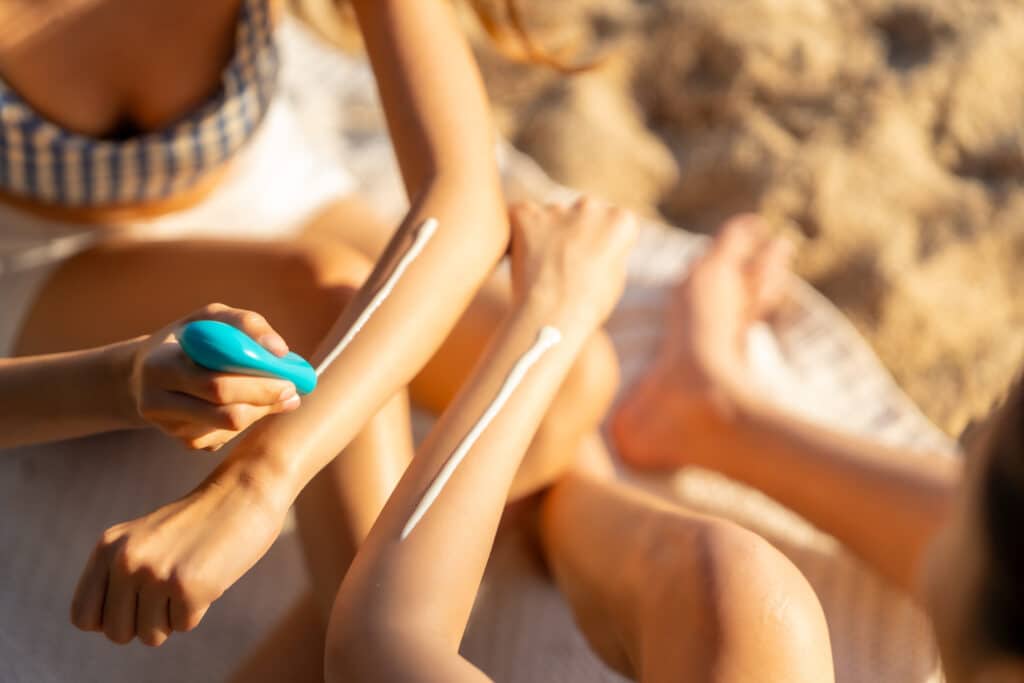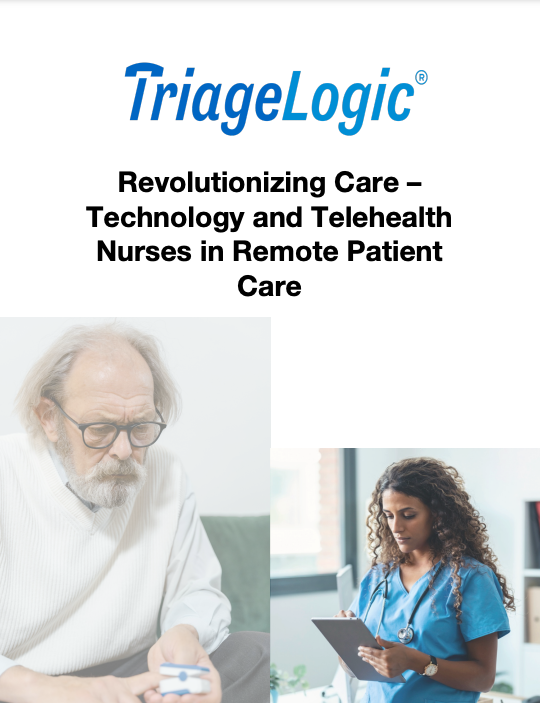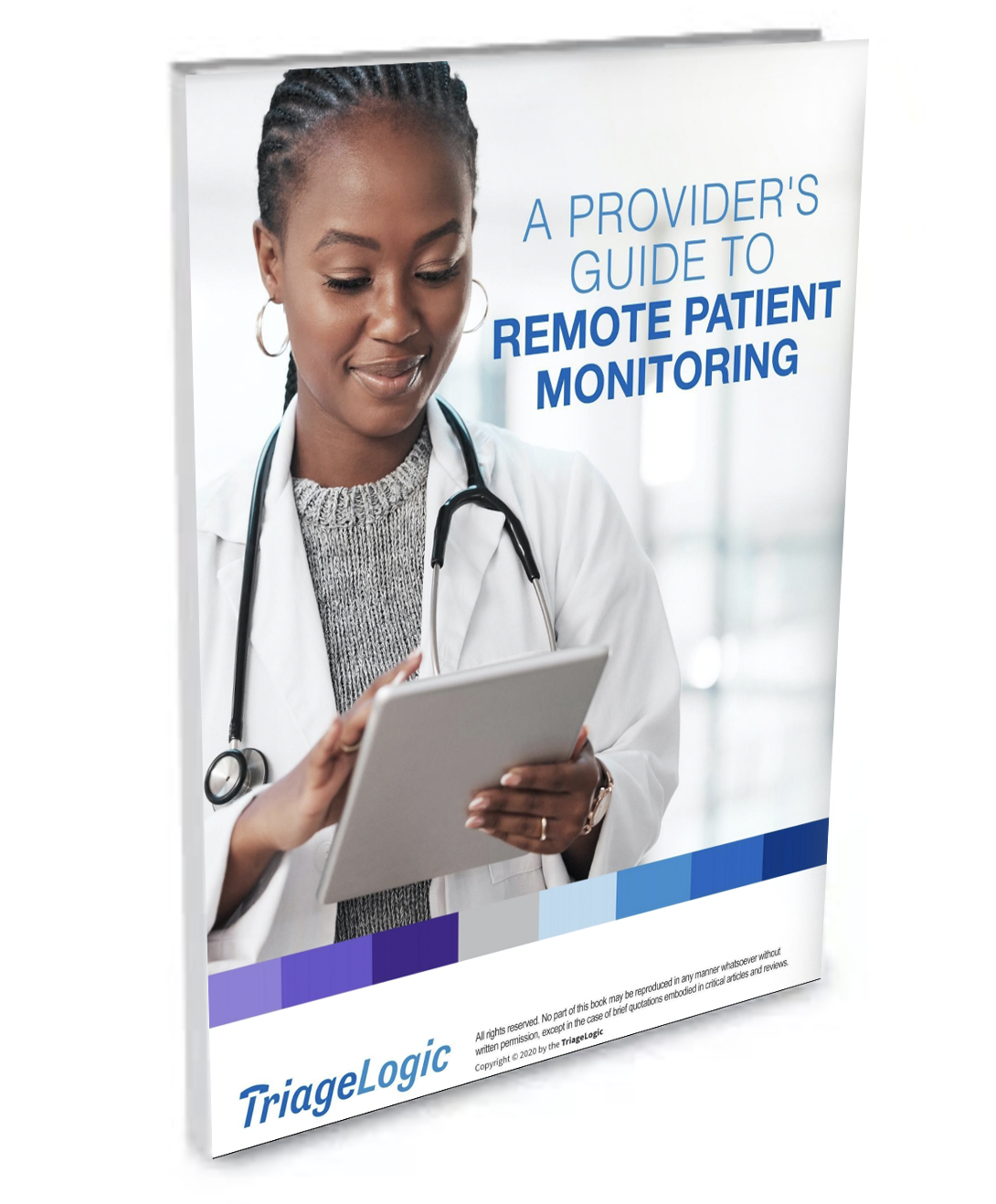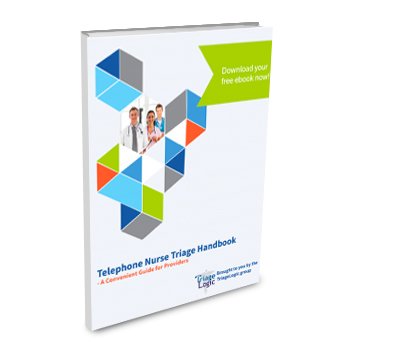July is UV Awareness Month: an appropriate time to emphasize the risks of ultraviolet (UV) radiation, as well as how we can better protect each other from sun-related health concerns. While most people associate UV exposure with sunburns, your patients may not be fully aware of the risks beyond these temporary bouts of discomfort — namely, skin cancer, eye damage, premature aging, and other long-term effects. Here are some key facts and myths about UV awareness that you can share with them to prevent overexposure.
A Brief History of UV Awareness
The dangers of UV radiation have been known for more than a century. While German physicist Johann Wilhelm Ritter discovered ultraviolet light back in 1801, it wasn’t until the 20th century that researchers began to connect excessive UV exposure to health risks like skin cancer. Since then, organizations like the American Academy of Dermatology and the Skin Cancer Foundation have worked to keep the general public informed about UV prevention, identification of symptoms, and treatment.
For many patients, understanding how this radiation affects their health is the first step toward protection. Here are the most important factors for them to keep in mind.
1. Types of UV Rays
- UVA Rays: These penetrate deep into the skin, contributing to aging, wrinkles, and skin cancer.
- UVB Rays: These are responsible for sunburns, and play a direct role in developing skin cancers.
- UVC Rays: These are mostly absorbed by the Earth’s atmosphere, and are not a concern for typical sun exposure.
2. Peak UV Hours
UV radiation is strongest between 10 a.m. and 4 p.m., even on cloudy days. Reflection from water, sand, or snow can intensify exposure.
3. UV Index Matters
The UV Index, which is reported daily by weather services, rates the level of risk on a scale from 0 to 11+. When the index is 3 or higher, sun protection is recommended.
4. Health Risks of UV Exposure
Overexposure to UV rays can lead to conditions like:
- Skin cancer (melanoma, basal cell carcinoma, squamous cell carcinoma).
- Premature skin aging (wrinkles, sunspots).
- Eye damage (cataracts, macular degeneration).
- A weakened immune response.
5. Protective Measures

When possible, patients are highly encouraged to:
- Use broad-spectrum sunscreen with SPF 30 or higher, and to reapply every two hours.
- Wear protective clothing, hats, and UV-blocking sunglasses.
- Seek shade during peak hours.
- Avoid tanning beds.
6. Year-Round Protection
Many people mistakenly associate UV risks with summer, but UV rays can be strong even in winter or on overcast days.
7. Medication Considerations
Certain medications increase UV sensitivity, including some antibiotics, acne treatments, and anti-inflammatory drugs.
8. Cumulative Exposure Adds Up
UV damage is cumulative. Even short, repeated exposures over time increase your risk for long-term health problems.
Common Misconceptions About UV Protection
Myth | The Reality |
You only need sunscreen on sunny days. | UV rays penetrate clouds; overcast days still carry significant risk. |
Darker skin tones don’t need protection. | All skin tones can develop skin cancer and should use sun protection. |
Sunscreen lasts all day. | It wears off with time, sweat, or swimming; reapply every two hours. |
Tanning beds are a safe alternative to sun exposure. | Tanning beds emit harmful UV rays and increase cancer risk. |
You don’t need sunscreen if you’re already tan. | A tan is a sign of skin damage, not protection. |
All sunglasses block UV rays. | Only those labeled “100% UV protection” block harmful rays. |
With nearly 5 million cases of skin cancer diagnosed each year in the U.S., UV awareness and clinical guidance is critical to patient health.
Triage Support for Sun-Related Symptoms
Healthcare providers and call centers often face increased call volumes during the summer months as patients report sunburns, dehydration, heat exhaustion, and other sun-related symptoms.
TriageLogic’s Nurse Triage On Call service provides 24/7 access to experienced nurses who use standardized protocols to assess these symptoms and recommend the appropriate levels of care.
Our triage nurses can offset your call volume by acting as an extension of your practice. They can:
- Evaluate sunburn severity and heat-related illnesses.
- Provide after-hours support for patients experiencing concerning symptoms.
- Reduce unnecessary ER visits for minor sun exposure issues.
- Ensure patients with more serious symptoms receive prompt medical attention.
UV Awareness Is a Year-Round Priority
Now is the perfect time to engage with your patients about skin care and sun protection — whether it’s reminding them of the key factors above, debunking common myths, or making sure that they have access to reliable triage services.
Want to see how TriageLogic’s Nurse Triage On Call can help your practice manage patient calls and summer health concerns? Contact us today to learn about a program!
About TriageLogic
TriageLogic is a URAC-accredited, physician-led provider of top-quality nurse telehealth technology, remote patient monitoring, and medical call center solutions. Founded in 2006, the TriageLogic Group now serves more than 22,000 physicians and covers over 42 million lives nationwide.





